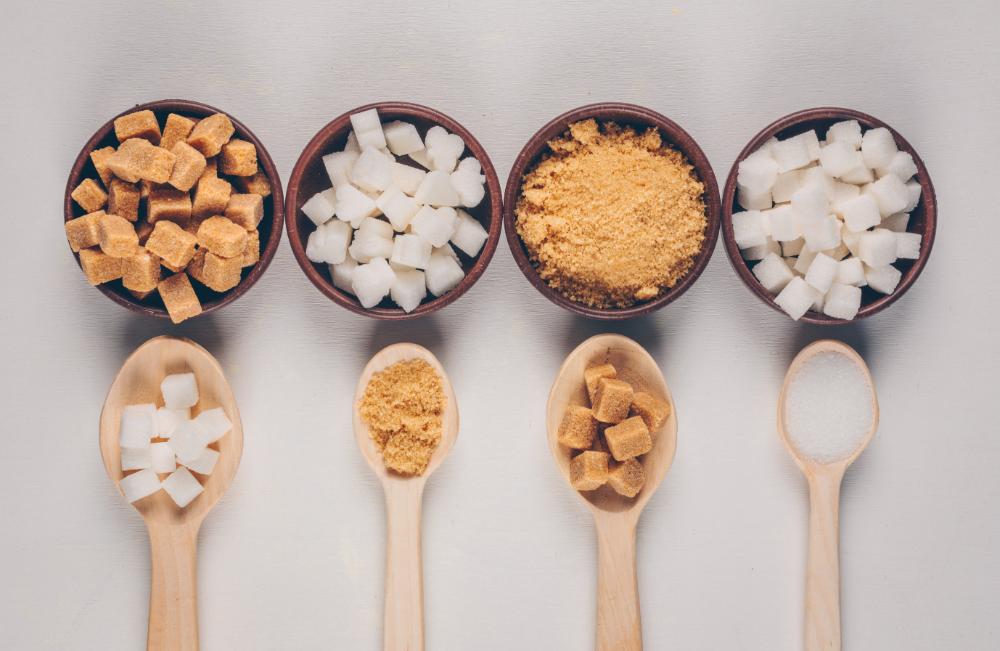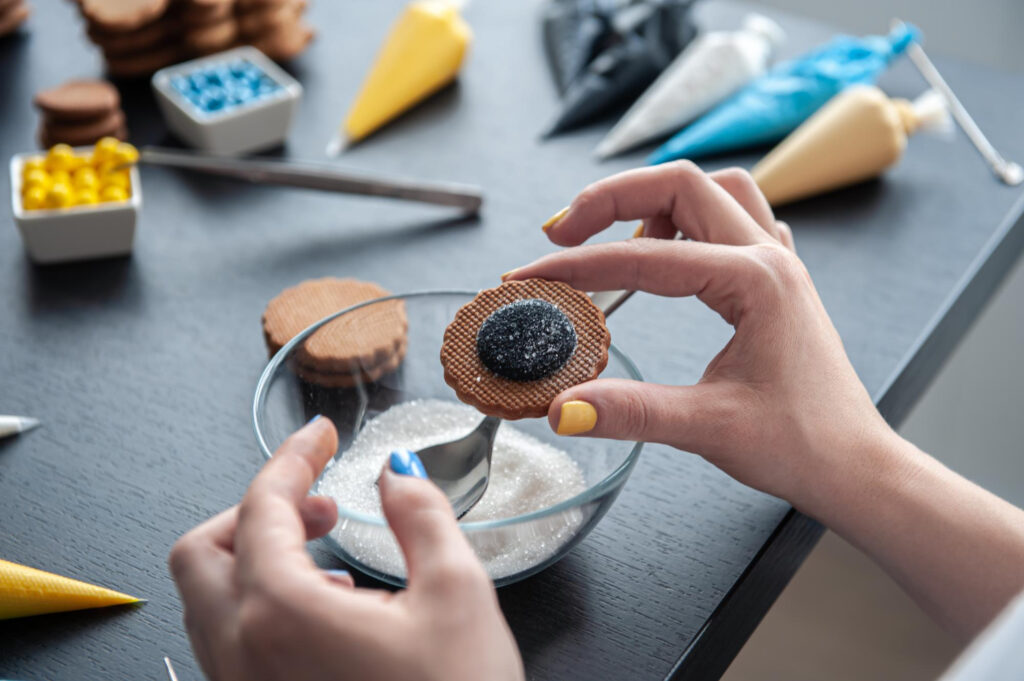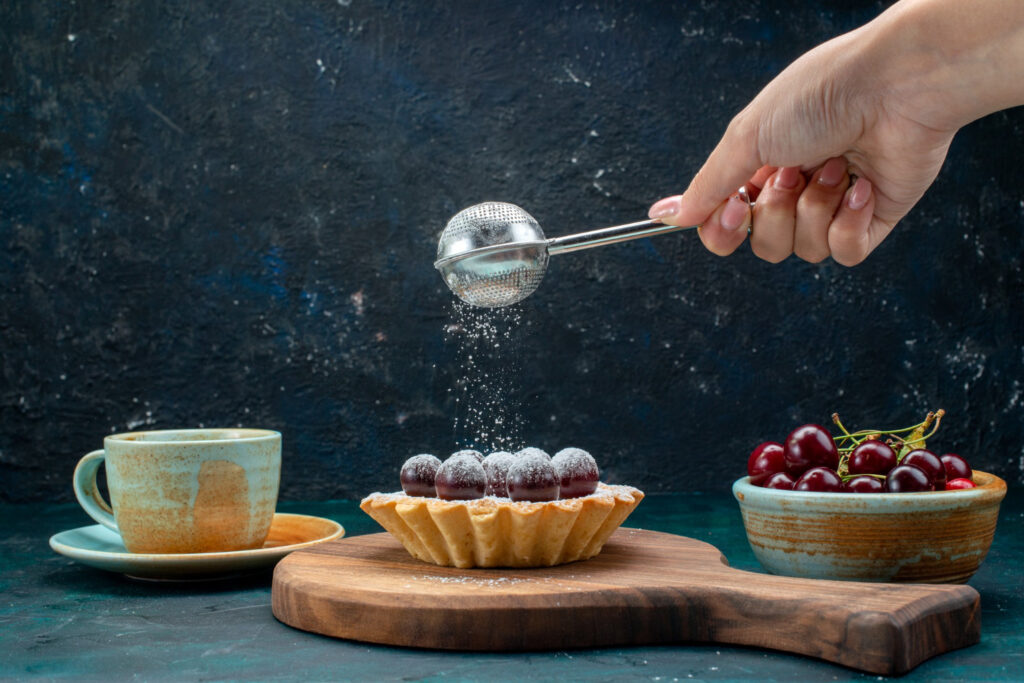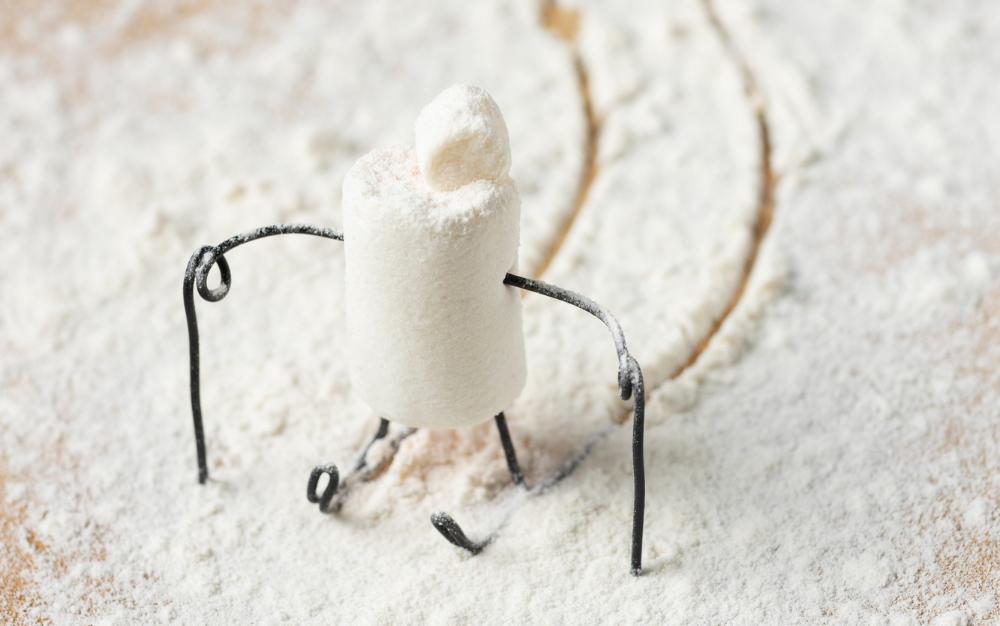You’re doing everything right: swapping soda for smoothies, choosing granola over sugary cereals, reaching for that fruit-infused yogurt instead of ice cream. So why isn’t the scale budging? The answer might be hiding in plain sight on your “healthy” food labels.
Many of us fall victim to clever marketing that positions certain foods as nutritional heroes when they’re actually sugar bombs in disguise. Let’s pull back the curtain on these wolves in sheep’s clothing that might be sabotaging your weight loss efforts.
The Sneaky Sugar Epidemic
Americans consume an average of 77 grams of sugar daily—that’s about 19 teaspoons and more than three times the recommended amount for women! The American Heart Association suggests limiting daily added sugar to 6 teaspoons (25g) for women and 9 teaspoons (36g) for men.
What makes this particularly challenging is that sugar hides behind 61+ different names on ingredient lists. From the obvious (cane sugar, corn syrup) to the scientific-sounding (maltodextrin, dextrose) to the deceptively natural (agave nectar, fruit juice concentrate)—manufacturers have gotten incredibly creative with disguising the sweet stuff.

7 “Healthy” Foods Loaded with Hidden Sugars
1. Fruit-Flavored Yogurt: The Breakfast Impostor
That convenient cup of strawberry yogurt seems like a protein-packed breakfast win, but most flavored varieties contain 3-4 teaspoons of added sugar per serving. A single 6-ounce container of fruit-on-the-bottom yogurt can pack 19 grams of sugar—that’s nearly 5 teaspoons!
Real-world example: Chobani Blueberry Fruit-on-the-Bottom Greek Yogurt contains 15 grams of total sugar, with most coming from added sugars rather than natural milk sugars.
Smarter swap: Choose plain Greek yogurt and add fresh berries. You’ll get more protein, less sugar, and real fruit benefits. A touch of cinnamon or vanilla extract can enhance sweetness perception without adding calories.
2. Granola: The Breakfast Dessert
Despite its wholesome reputation, most commercial granola is essentially cookies masquerading as breakfast. A typical half-cup serving delivers 12-16 grams of sugar—that’s up to 4 teaspoons before you’ve even started your day!
Real-world example: Nature Valley Oats ‘n Honey Protein Granola contains 13g of sugar per 2/3 cup serving.
Smarter swap: Make your own granola using oats, nuts, seeds, a small amount of maple syrup or honey, and cinnamon. You’ll control the sweetness and boost the nutrition.
3. Smoothies & Juice: Liquid Sugar Bombs
That green smoothie from your favorite juice bar seems like liquid health, but commercial smoothies often contain added sweeteners, fruit juices, and frozen yogurt. A 20oz “healthy” smoothie can easily contain 30-60 grams of sugar!
Real-world example: Jamba Juice’s Greens ‘n Ginger smoothie (original size) contains 55 grams of sugar—that’s nearly 14 teaspoons!
Smarter swap: Make smoothies at home using mostly vegetables (2:1 ratio of veggies to fruit), protein powder, unsweetened plant milk, and healthy fats like avocado or nut butter.
4. Protein & Energy Bars: Candy Bars in Disguise
That “natural” protein bar promising 10g of protein might also be hiding 15-20g of sugar. Many energy bars use sweeteners like brown rice syrup or tapioca syrup that still impact your blood sugar.
Real-world example: Clif Bars, though marketed for active individuals, contain 16-22g of sugar per bar—about the same as a Snickers.
Smarter swap: Look for bars with less than 5g of sugar and ingredients you recognize. RXBars, though not sugar-free, use dates as their primary sweetener and have simple ingredient lists.
5. Plant-Based Milks: Not Always the Healthier Option
Alternative milks like almond, oat, or coconut often contain added sugars. A single cup of vanilla almond milk can pack 13-16 grams of sugar—that’s 3-4 teaspoons!
Real-world example: Silk Vanilla Almond Milk contains 13g of added sugar per cup.
Smarter swap: Always choose unsweetened plant milks. If you need flavor, add a drop of vanilla extract or a dash of cinnamon.
6. Pre-Made Salad Dressings: The Salad Saboteur
You’ve built the perfect nutrient-packed salad, then doused it in a dressing containing 7-10g of sugar per serving. Many “light” dressings replace fat with sugar to maintain flavor.
Real-world example: Ken’s Steakhouse Lite Raspberry Walnut Vinaigrette contains 8g of sugar in just 2 tablespoons.
Smarter swap: Make your own dressing with olive oil, vinegar or lemon juice, herbs, and spices. A basic vinaigrette takes less than a minute to prepare and contains zero added sugar.
7. “Low-Fat” Products: Fat Out, Sugar In
When manufacturers remove fat, they typically add sugar to maintain taste and texture. Low-fat peanut butter, salad dressings, and snack foods often contain significantly more sugar than their regular counterparts.
Real-world example: Jif Reduced Fat Creamy Peanut Butter contains 4g more sugar per serving than regular Jif.
Smarter swap: Embrace healthy fats in reasonable portions. They’ll help you stay fuller longer and often contain less sugar than their “diet” alternatives.

How to Become a Sugar Detective
Read Labels Like a Pro
- Look for sugar in its many forms (anything ending in “-ose,” syrups, nectars, and concentrates)
- Check the “Added Sugars” line on nutrition facts panels
- Remember: ingredients are listed by weight, so if sugar appears early in the list, that’s a red flag
Know Your Serving Sizes
- Manufacturers often list unrealistically small serving sizes to make sugar content appear lower
- Calculate how much you actually consume—if you eat double the serving size, you’re getting double the sugar
Ask Questions When Eating Out
- Don’t hesitate to ask about sweeteners in dishes
- Request dressings and sauces on the side
- Smoothie shops often add sweeteners by default—specify “no added sugar”
The Sweet Truth: Your Action Plan
- Start with one swap a week: Gradually replace high-sugar “health” foods with truly nutritious alternatives
- Reset your taste buds: After a few weeks of lower sugar intake, you’ll find previously “normal” foods overwhelmingly sweet
- Use spices to enhance sweetness perception: Cinnamon, vanilla, cardamom, and nutmeg can make foods taste sweeter without sugar
- Focus on whole foods: The more you cook from scratch, the more control you have over added sugars
- Be patient with yourself: Sugar has addictive properties—cutting back is a process, not an overnight change
Remember that natural sugars in whole fruits, vegetables, and unsweetened dairy come packaged with fiber, water, vitamins, and minerals that help your body process them differently than added sugars.
By identifying and eliminating these hidden sugar sources, you’ll likely find your weight loss efforts becoming more successful—and you might discover other benefits too, like more stable energy, clearer skin, and fewer cravings.

Disclaimer: This article contains general nutritional information and should not be considered medical advice. Every individual’s dietary needs are unique. Before making significant changes to your diet, especially if you have health conditions like diabetes, please consult with a healthcare provider or registered dietitian. The examples provided are based on publicly available nutritional information which may change over time as manufacturers update their formulations.
Sources:
- American Heart Association. “Added Sugars.” www.heart.org
- Harvard T.H. Chan School of Public Health. “Added Sugar in the Diet.” www.hsph.harvard.edu
- Journal of the Academy of Nutrition and Dietetics. “Added Sugars and Low- and No-Calorie Sweeteners in a Representative Sample of Food Products Consumed by the American Population.”
- USDA FoodData Central database



